FileMaker Pro 14: The Missing Manual Susan Prosser, Stuart Gripman
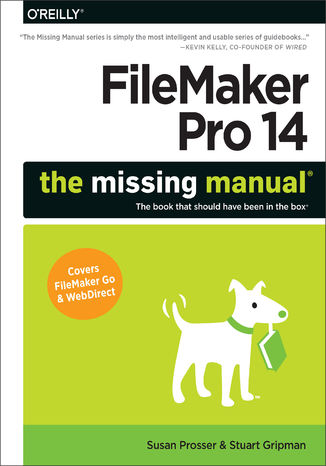

- Autorzy:
- Susan Prosser, Stuart Gripman
- Wydawnictwo:
- O'Reilly Media
- Ocena:
- Stron:
- 972
- Dostępne formaty:
-
ePubMobi
Opis
książki
:
FileMaker Pro 14: The Missing Manual
You don’t need a technical background to build powerful databases with FileMaker Pro 14. This crystal-clear, objective guide shows you how to create a database that lets you do almost anything with your data so you can quickly achieve your goals. Whether you’re creating catalogs, managing inventory and billing, or planning a wedding, you’ll learn how to customize your database to run on a PC, Mac, web browser, or iOS device.
The important stuff you need to know:
- Dive into relational data. Solve problems quickly by connecting and combining data from different tables.
- Create professional documents. Publish reports, charts, invoices, catalogs, and other documents with ease.
- Access data anywhere. Use FileMaker Go on your iPad or iPhone—or share data on the Web.
- Harness processing power. Use new calculation and scripting tools to crunch numbers, search text, and automate tasks.
- Run your database on a secure server. Learn the high-level features of FileMaker Pro Advanced.
- Keep your data safe. Set privileges and allow data sharing with FileMaker’s streamlined security features.

Wybrane bestsellery
Susan Prosser, Stuart Gripman - pozostałe książki
O'Reilly Media - inne książki
Dzięki opcji "Druk na żądanie" do sprzedaży wracają tytuły Grupy Helion, które cieszyły sie dużym zainteresowaniem, a których nakład został wyprzedany.
Dla naszych Czytelników wydrukowaliśmy dodatkową pulę egzemplarzy w technice druku cyfrowego.
Co powinieneś wiedzieć o usłudze "Druk na żądanie":
- usługa obejmuje tylko widoczną poniżej listę tytułów, którą na bieżąco aktualizujemy;
- cena książki może być wyższa od początkowej ceny detalicznej, co jest spowodowane kosztami druku cyfrowego (wyższymi niż koszty tradycyjnego druku offsetowego). Obowiązująca cena jest zawsze podawana na stronie WWW książki;
- zawartość książki wraz z dodatkami (płyta CD, DVD) odpowiada jej pierwotnemu wydaniu i jest w pełni komplementarna;
- usługa nie obejmuje książek w kolorze.
Masz pytanie o konkretny tytuł? Napisz do nas: sklep@ebookpoint.pl
Książka drukowana


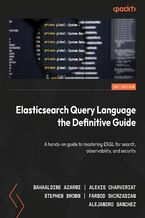

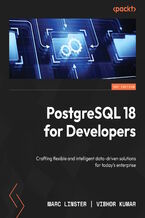
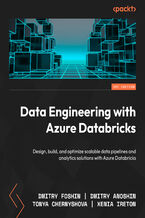



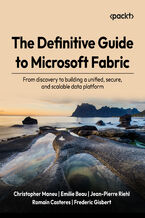
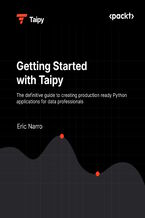


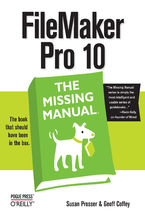
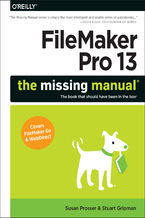
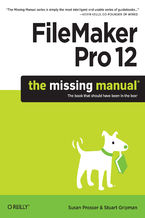
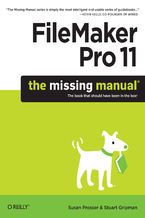









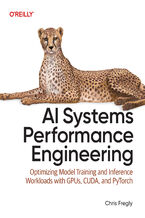
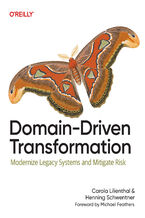
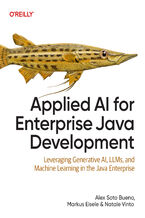
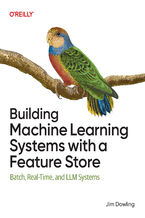
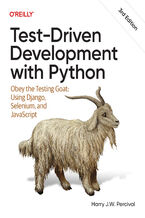
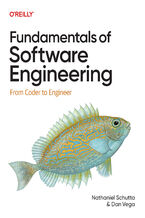
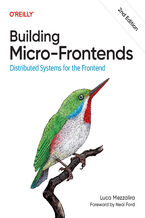
Oceny i opinie klientów: FileMaker Pro 14: The Missing Manual Susan Prosser, Stuart Gripman
(0)